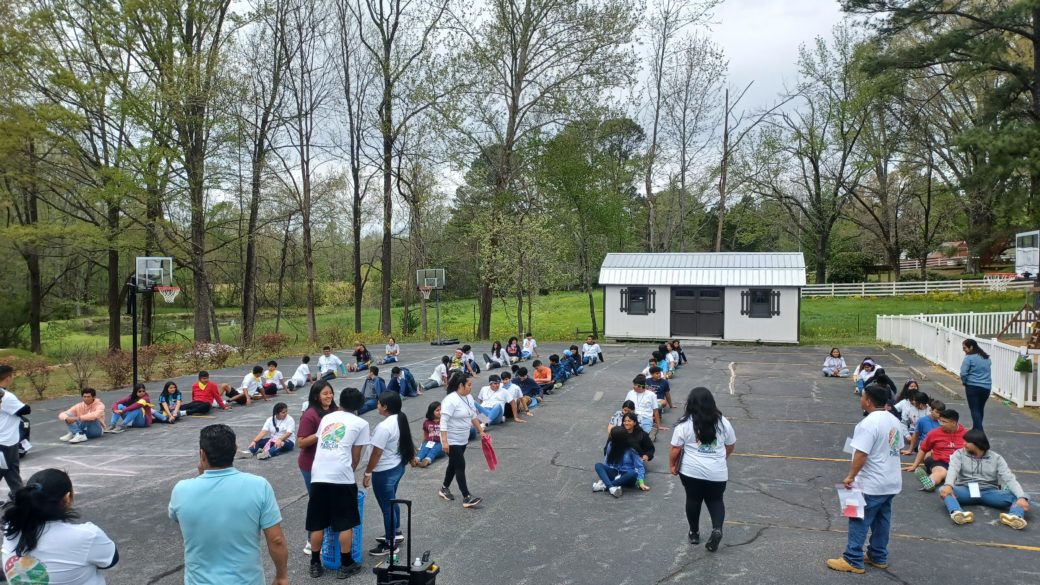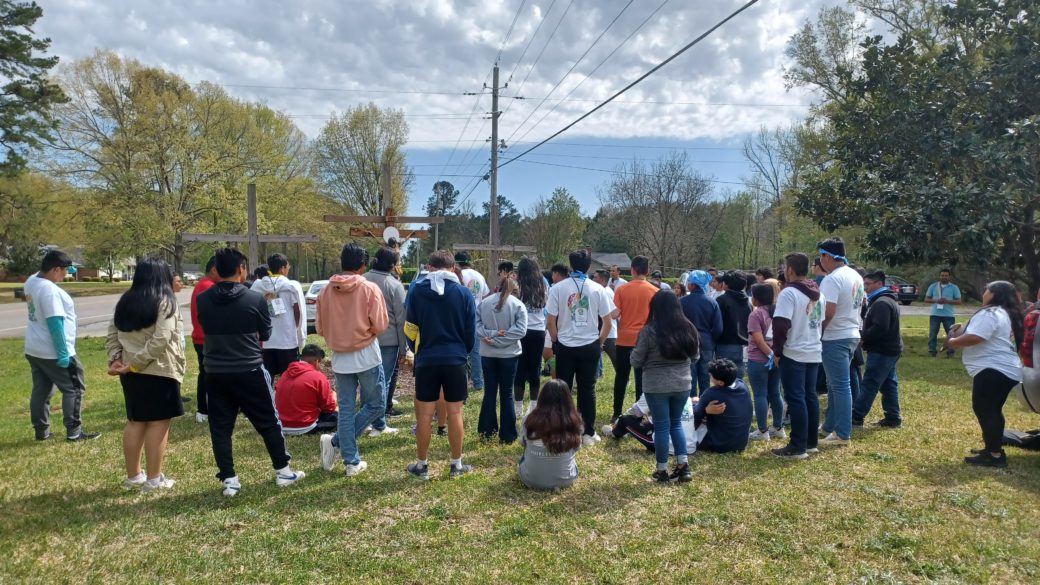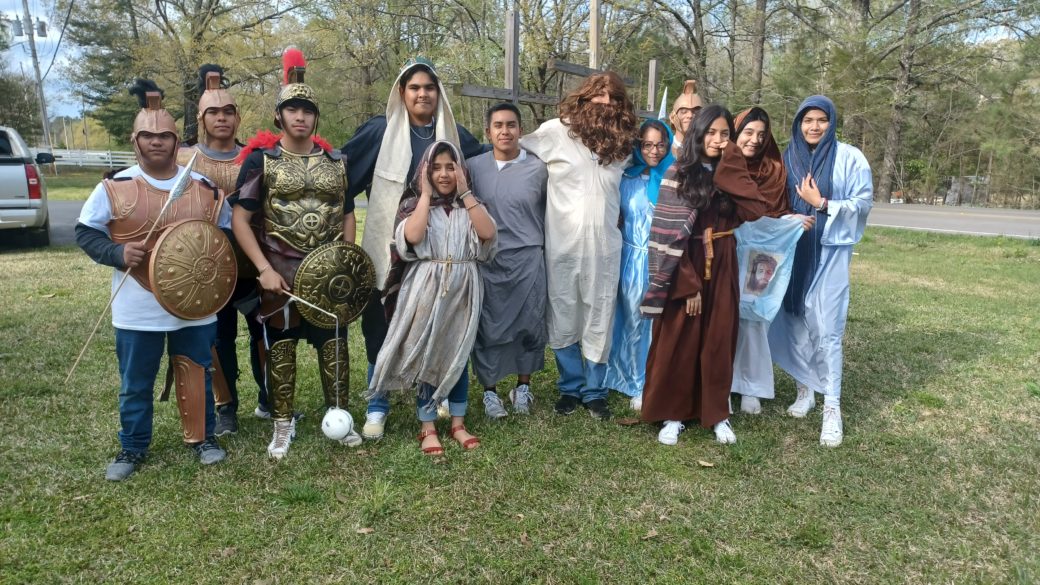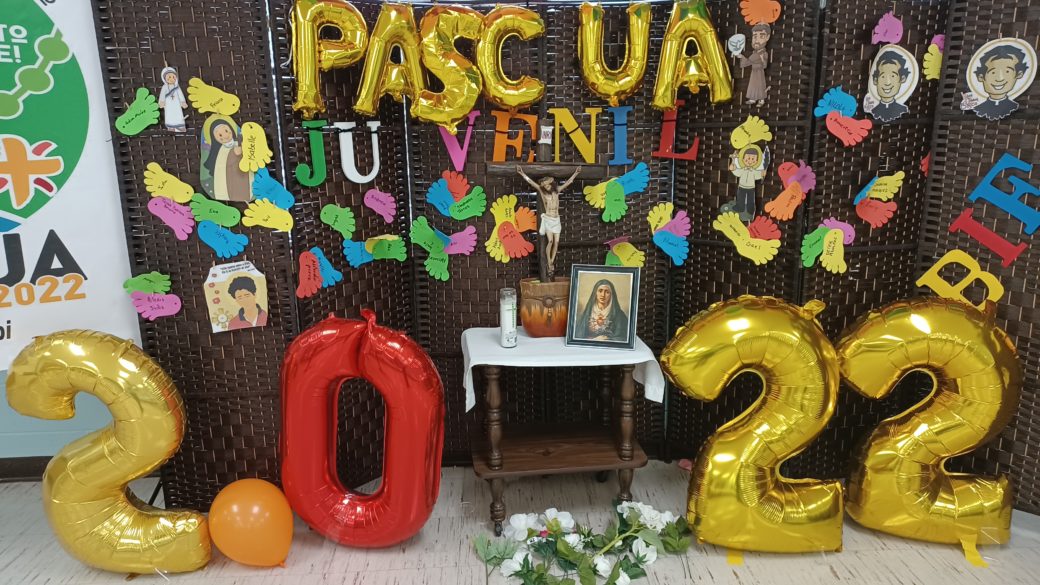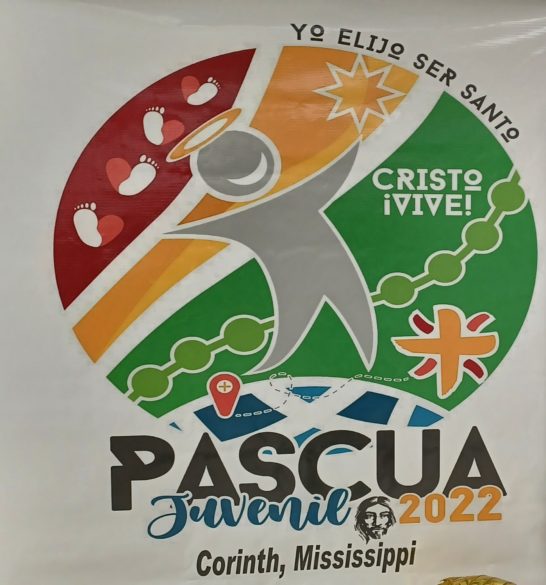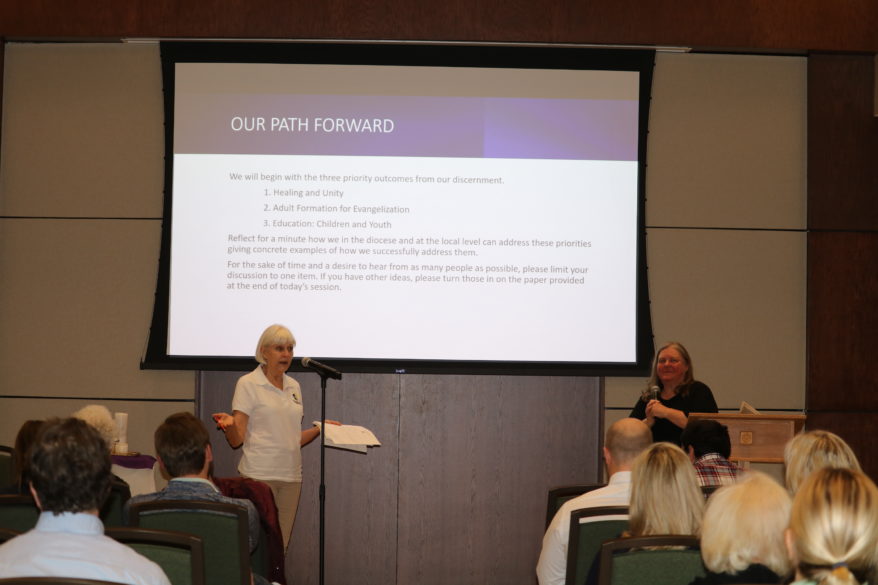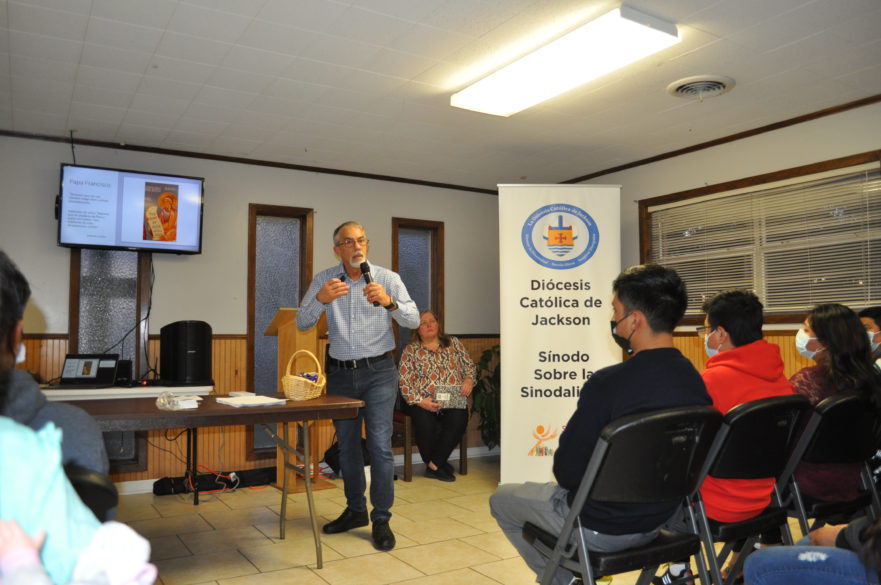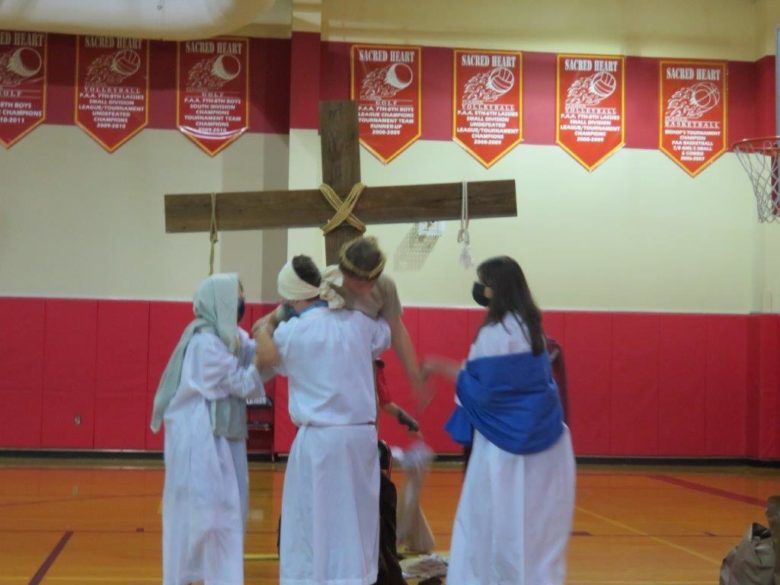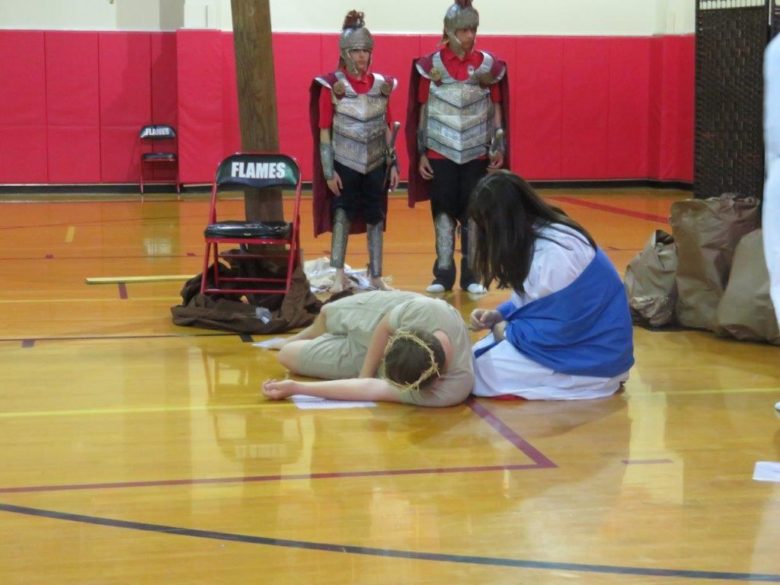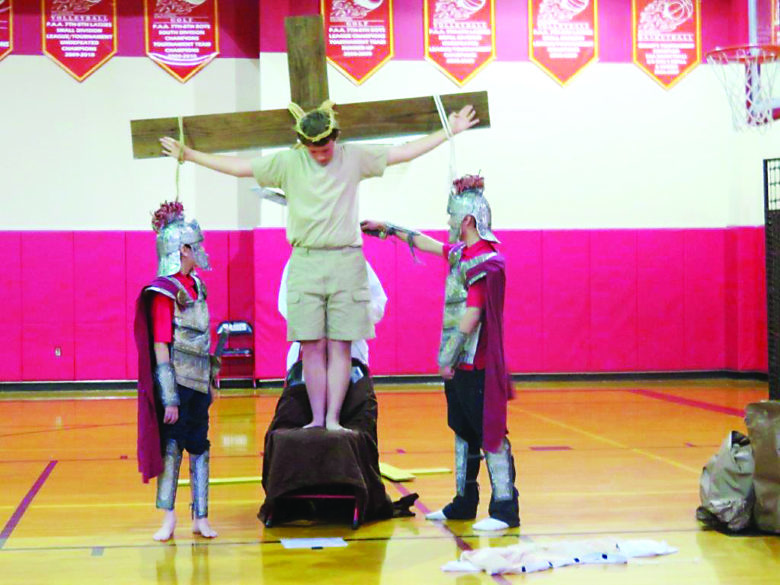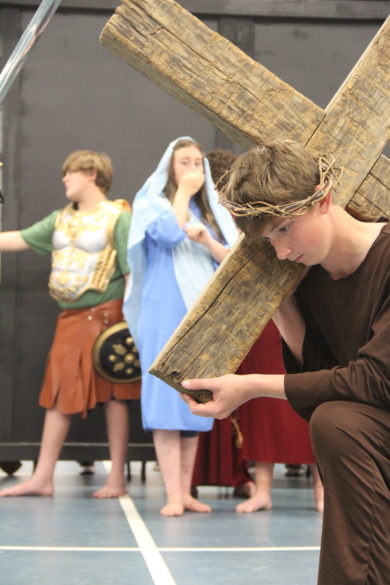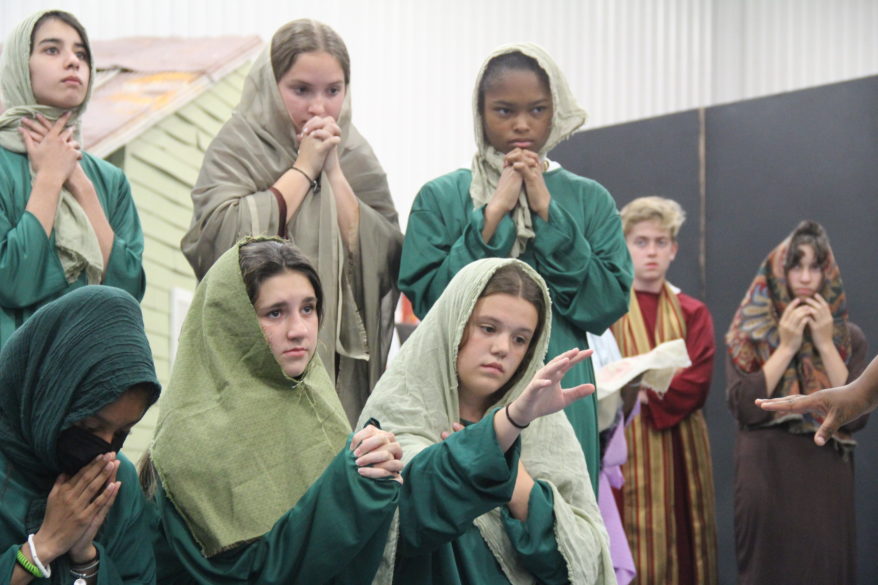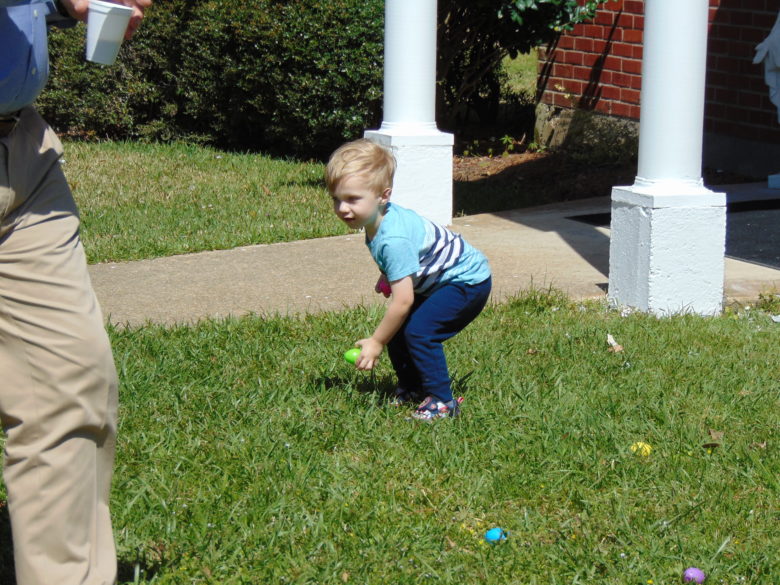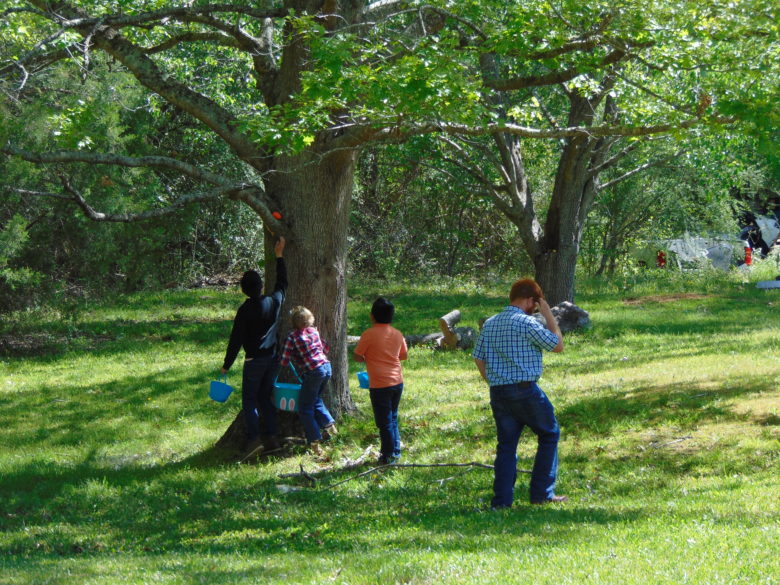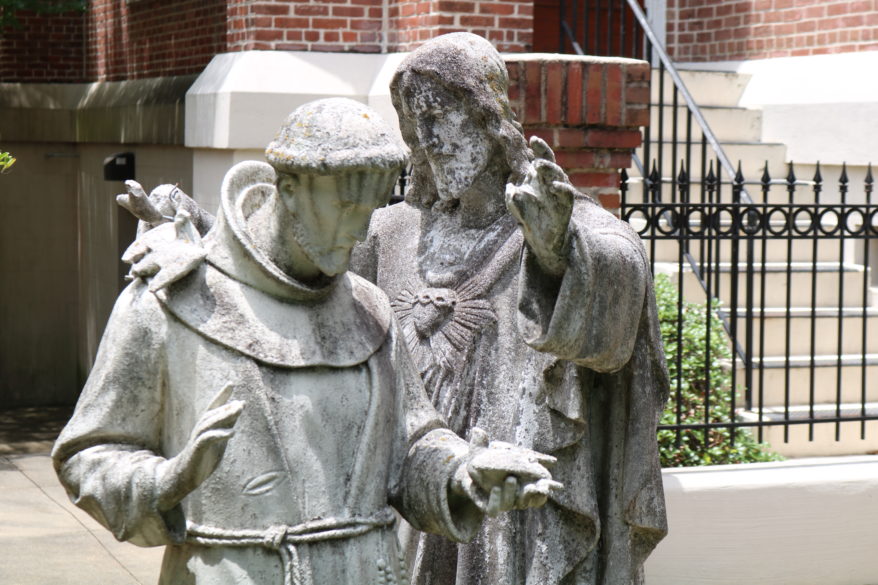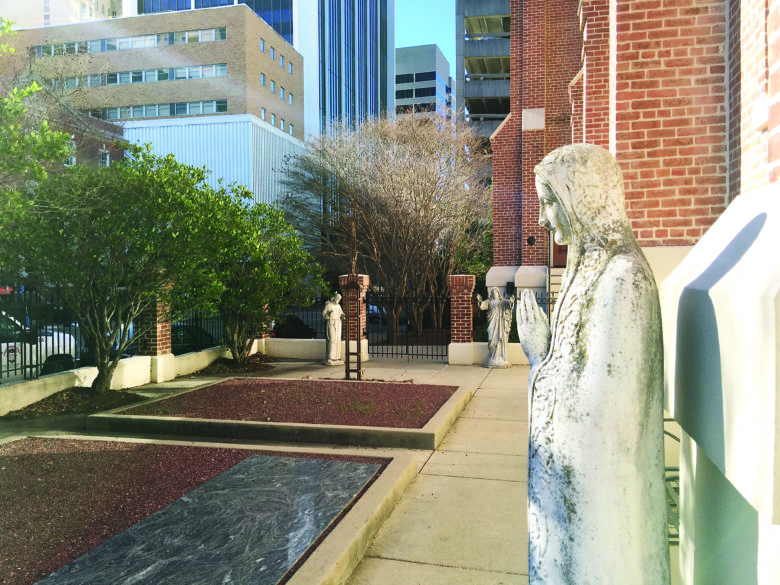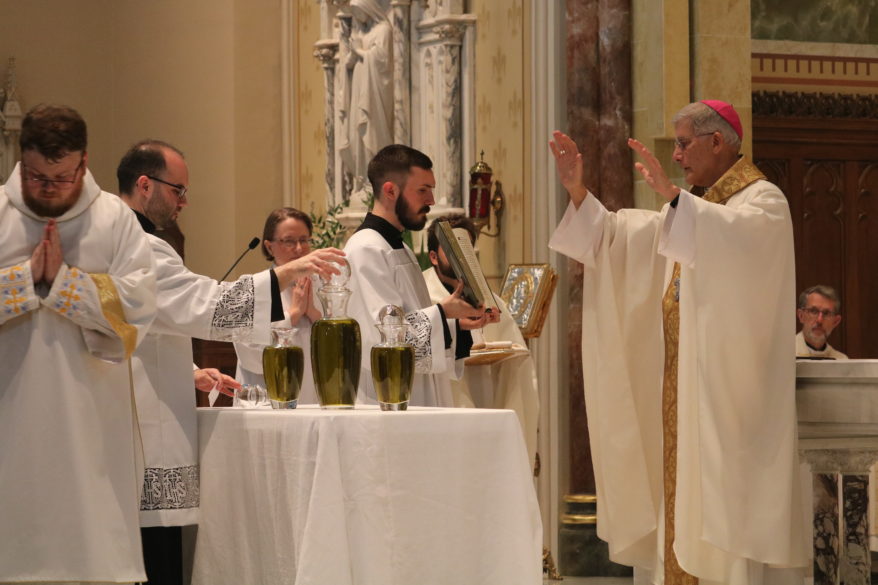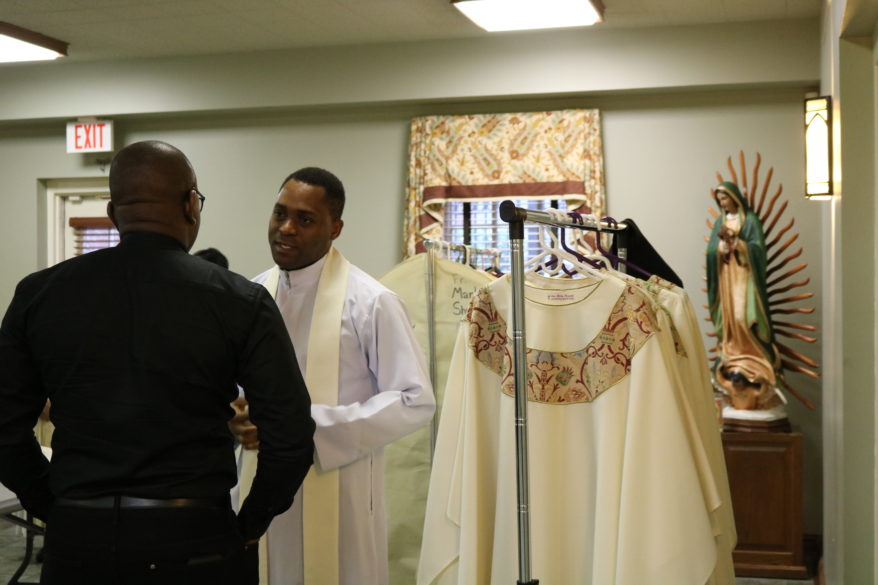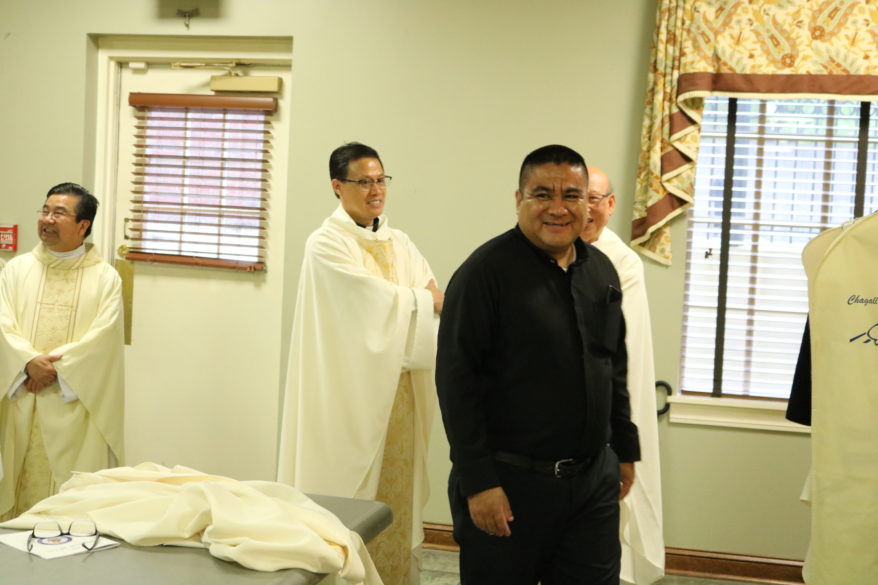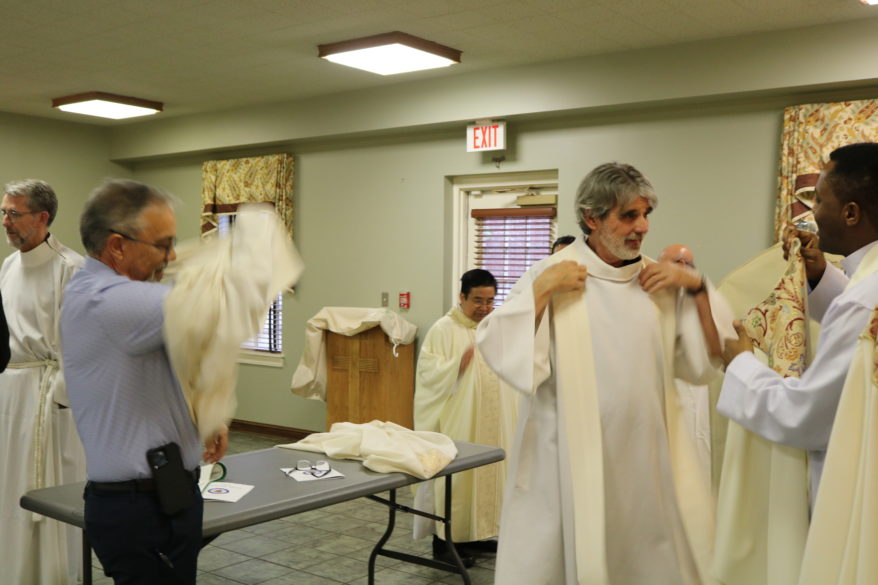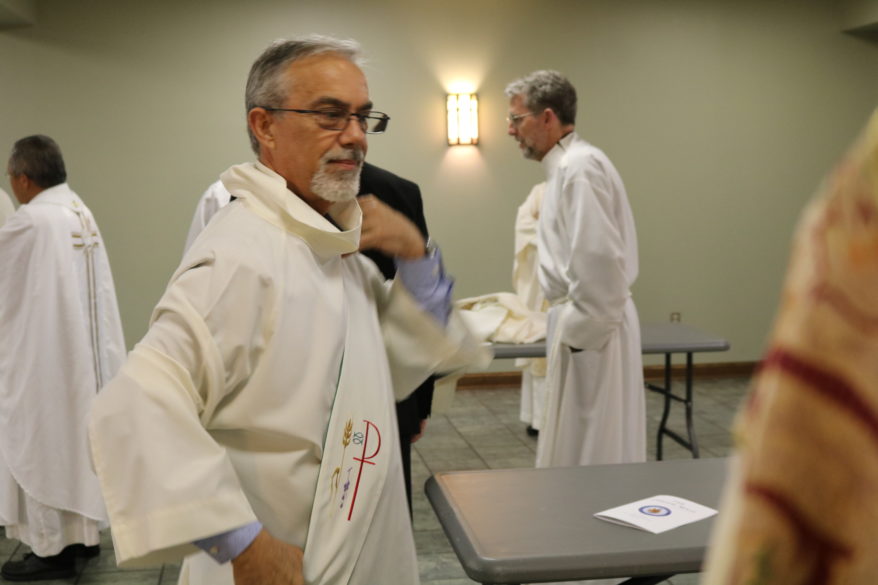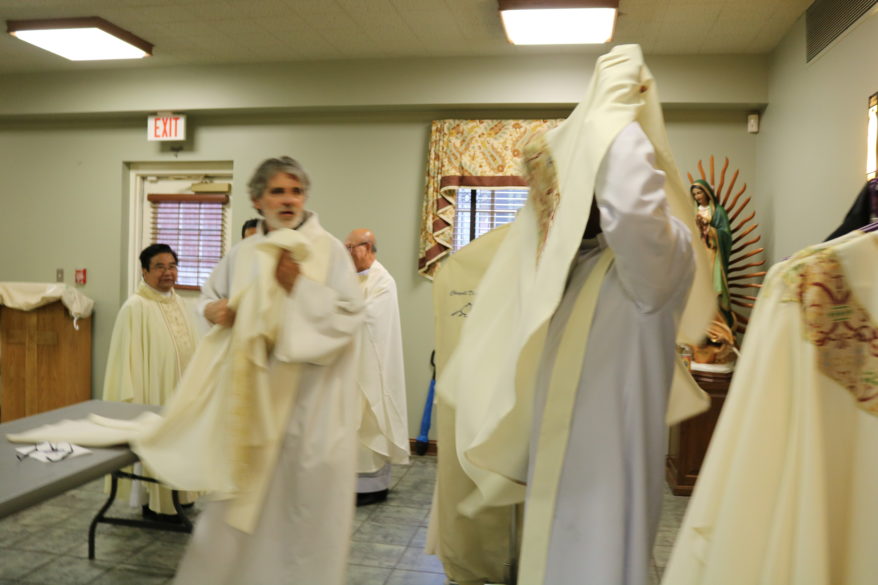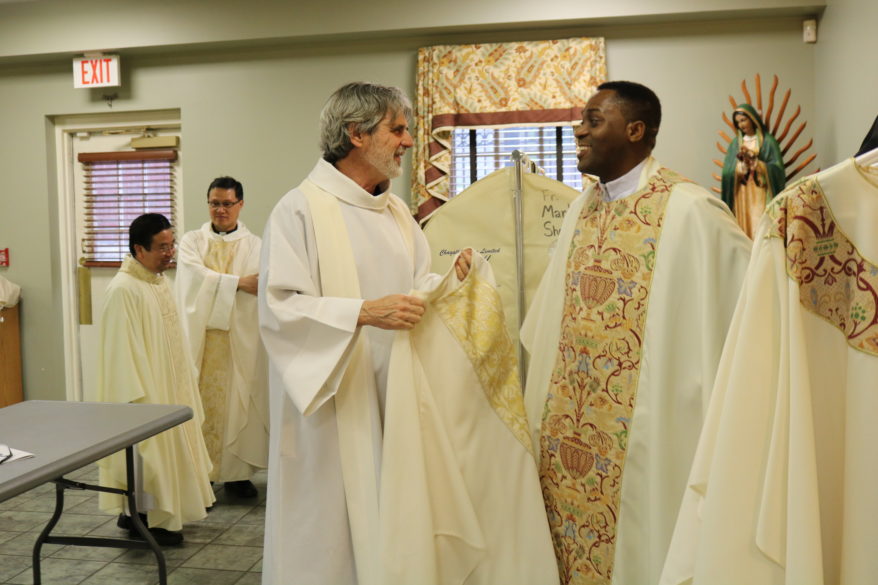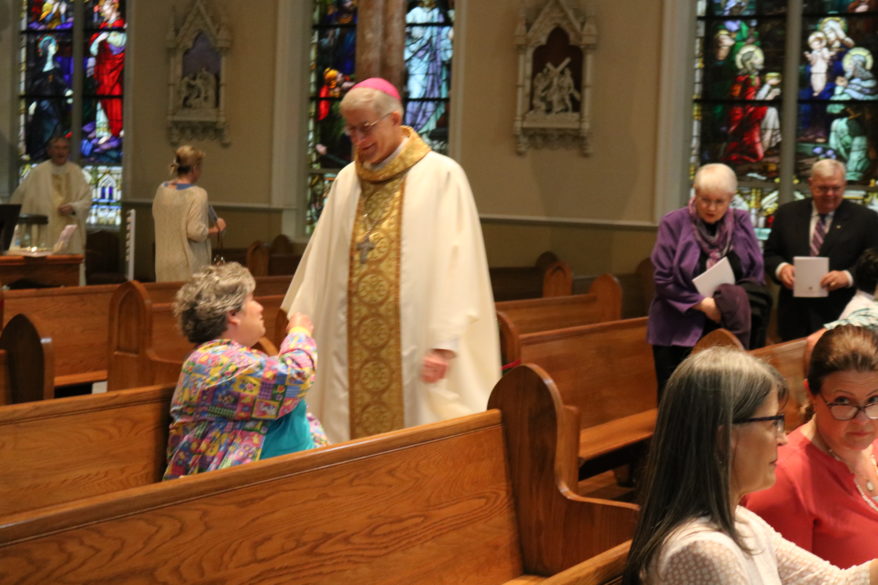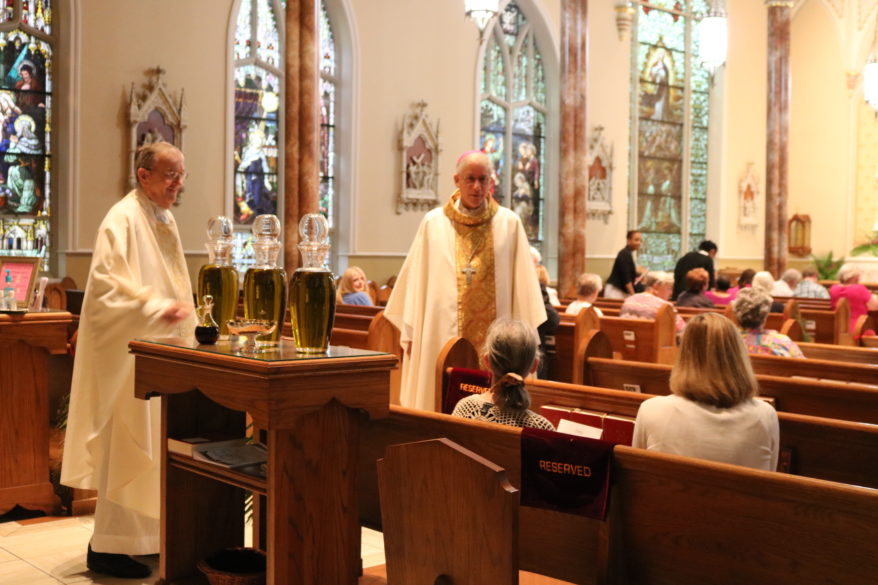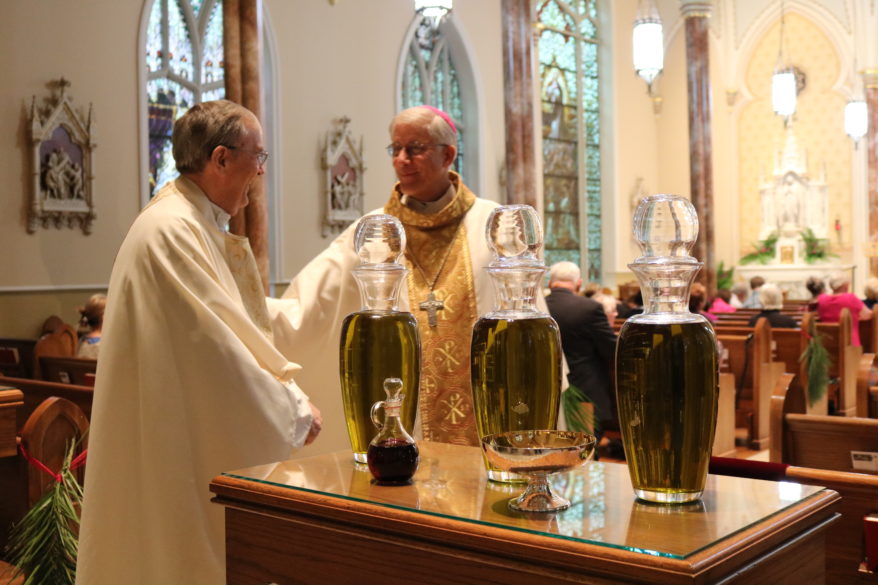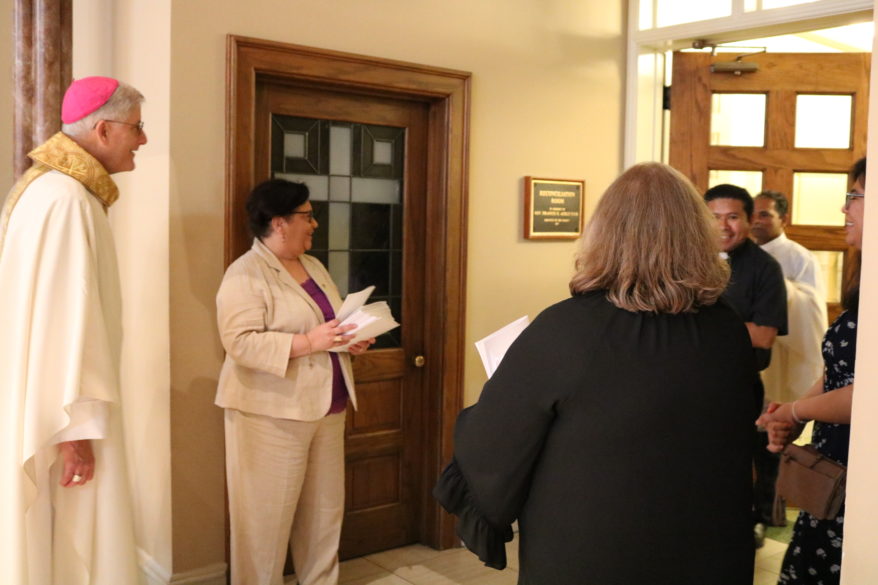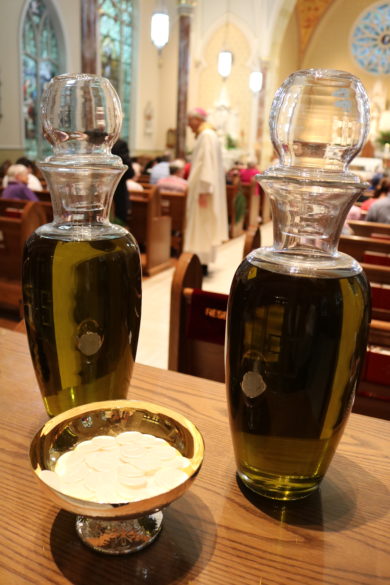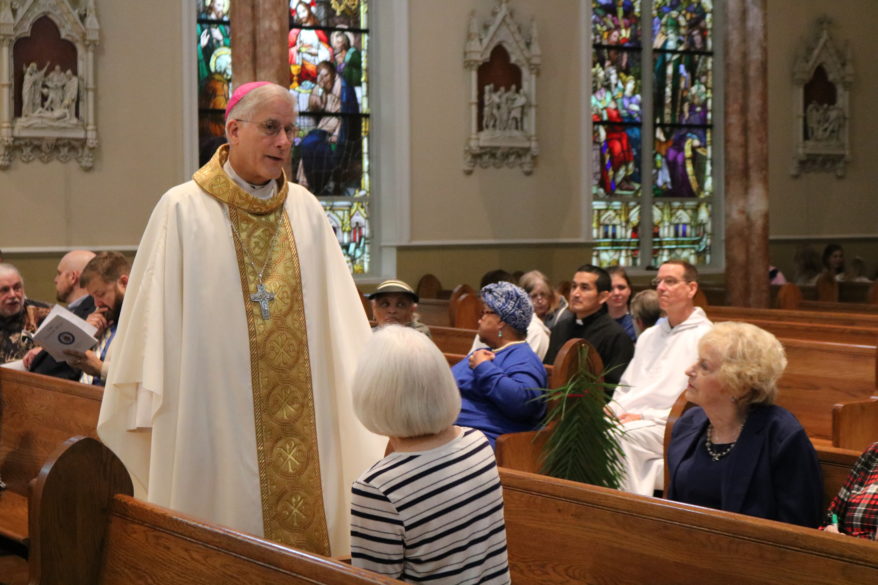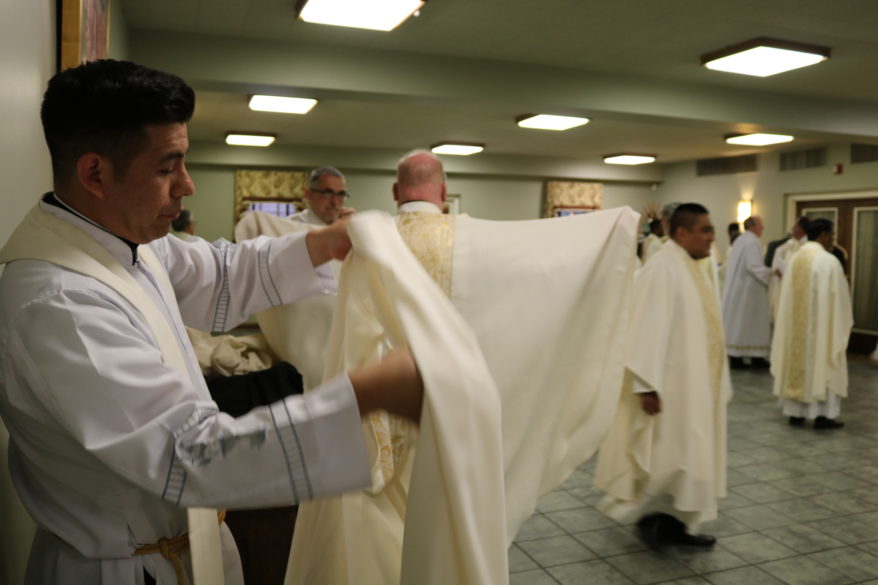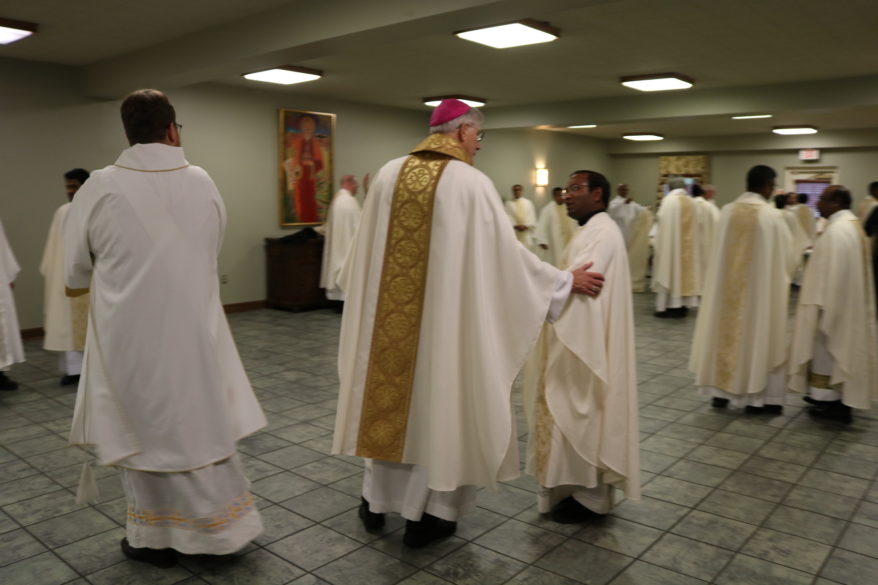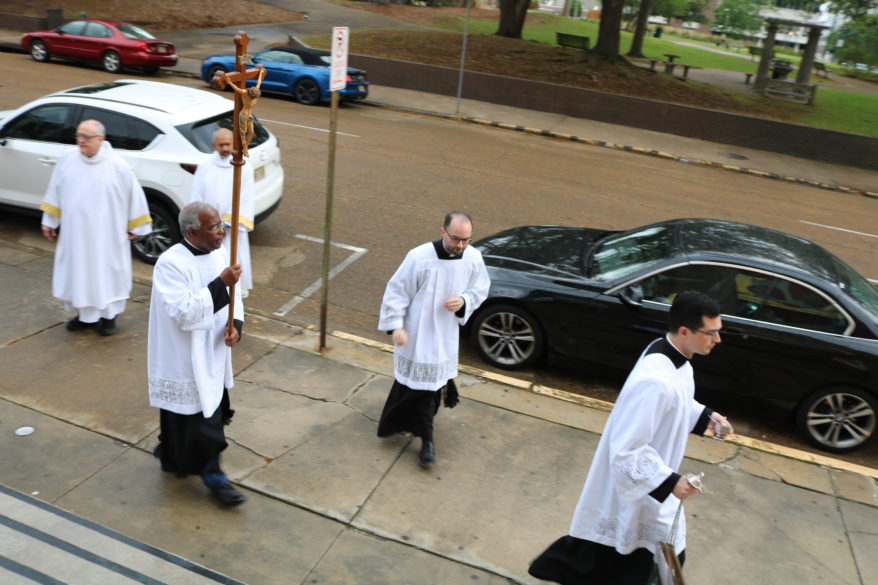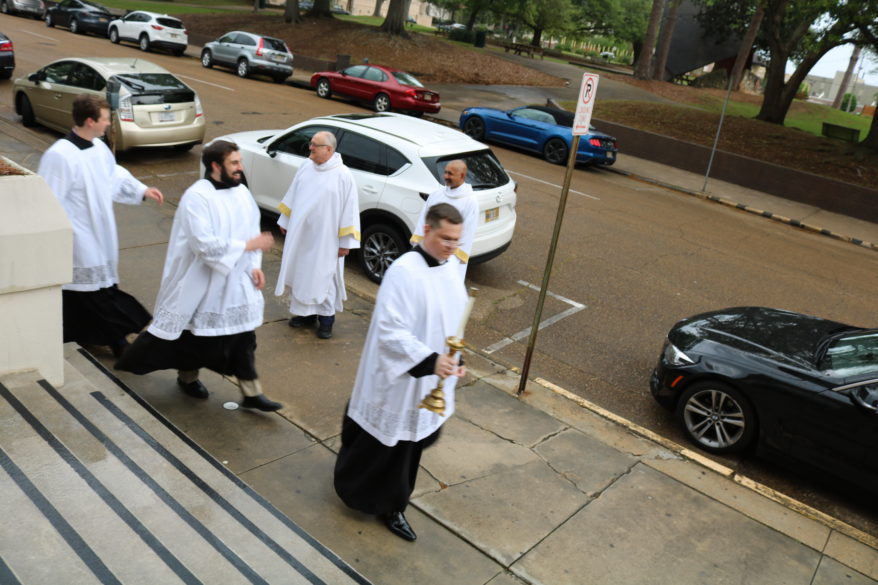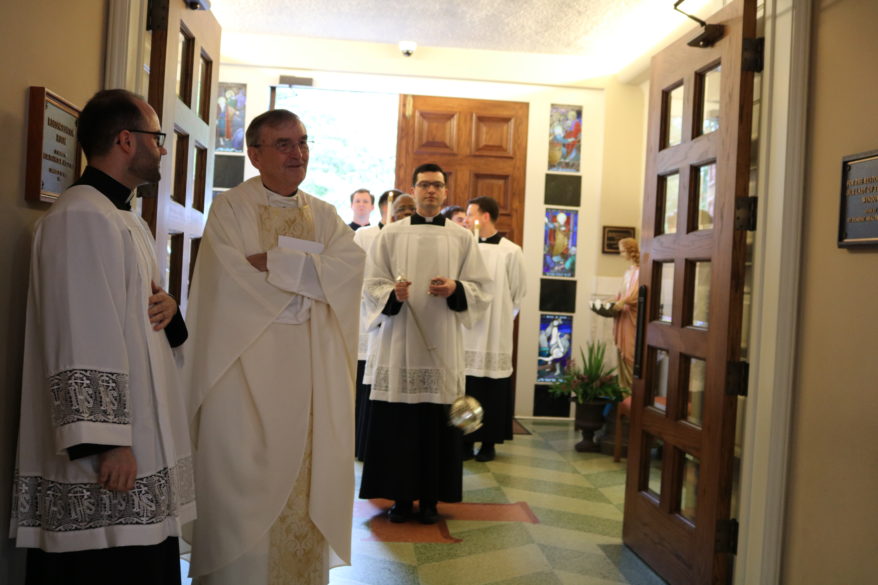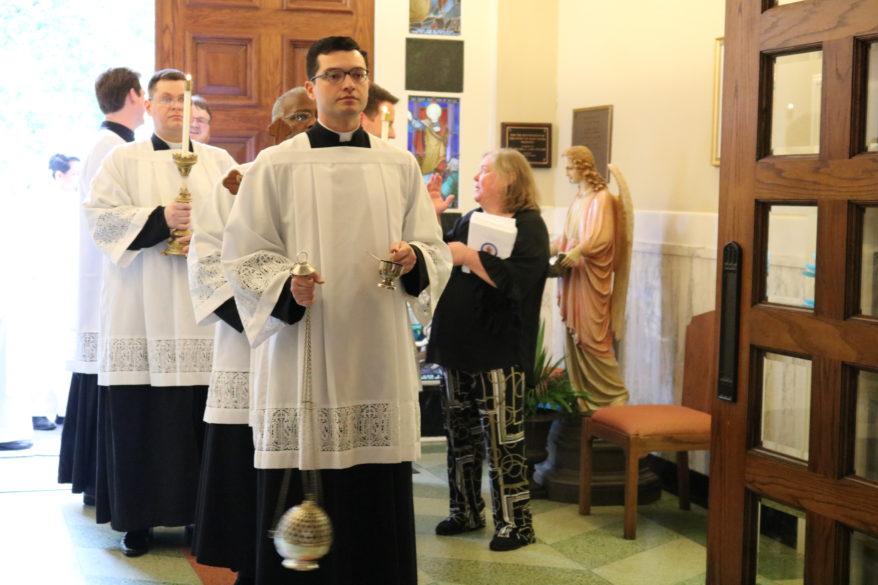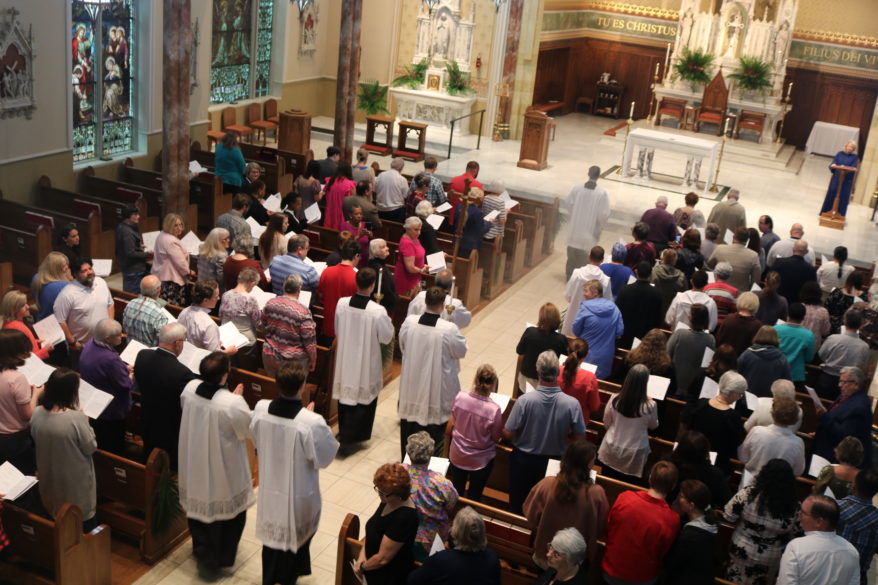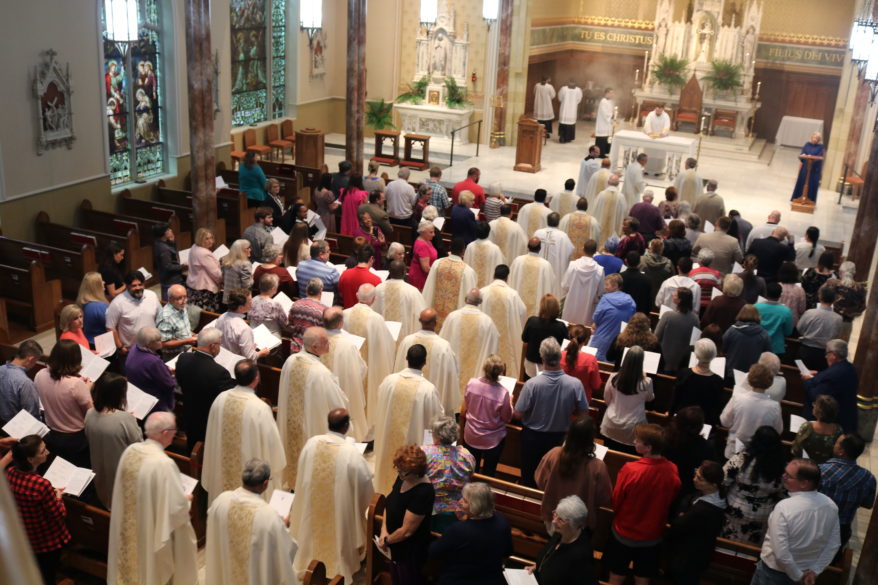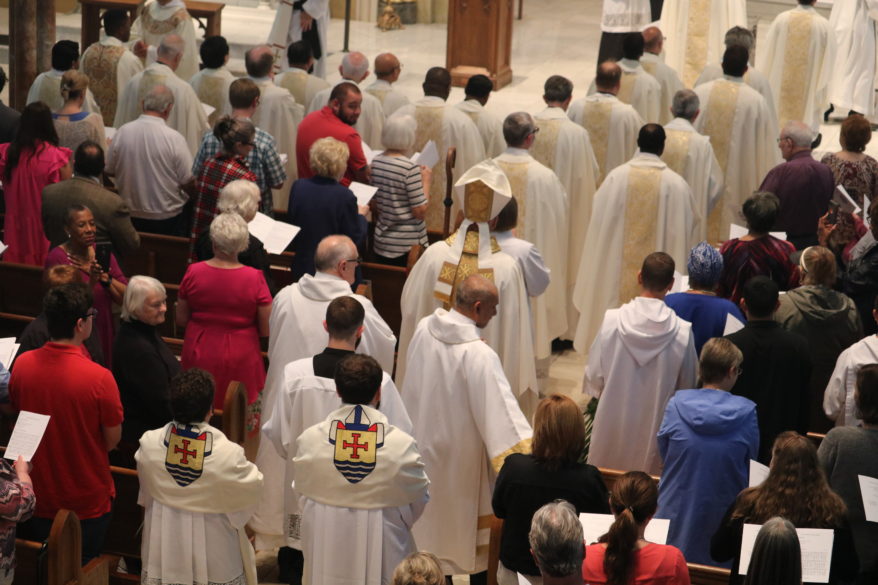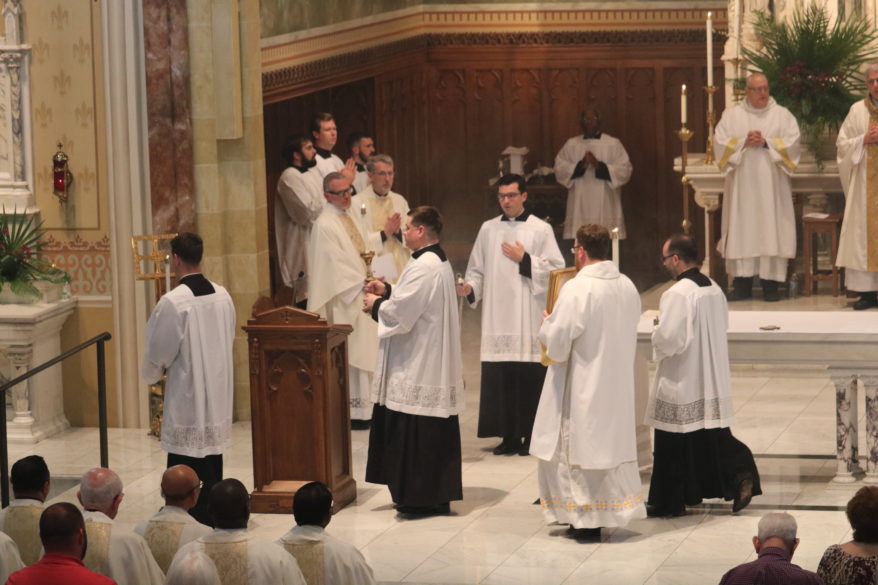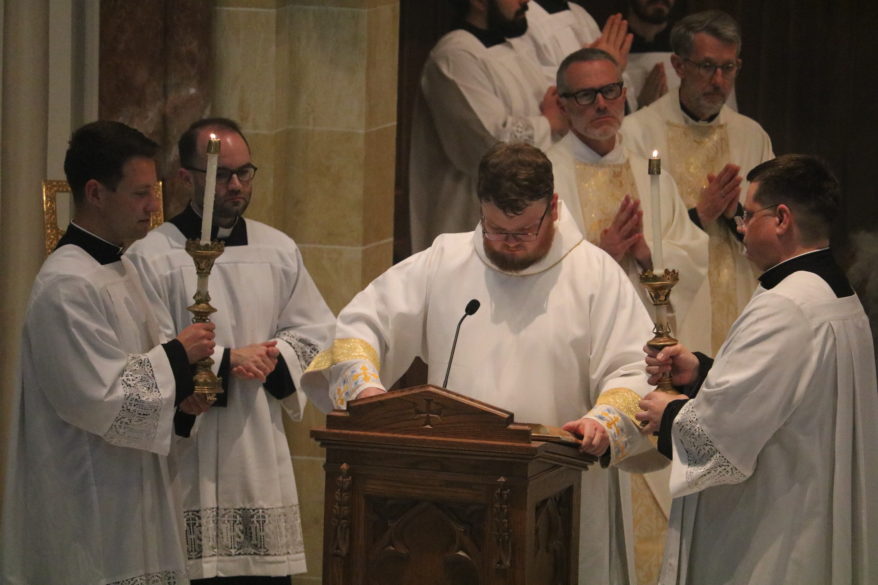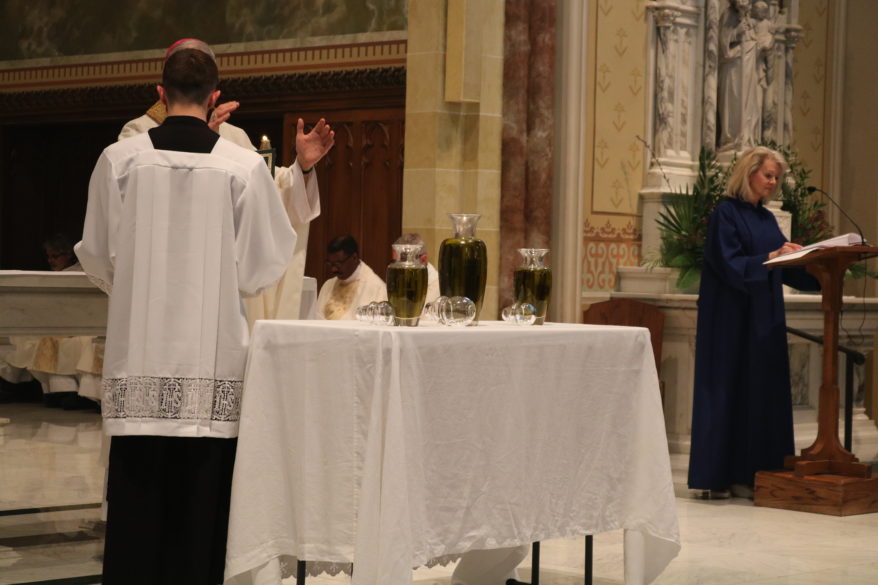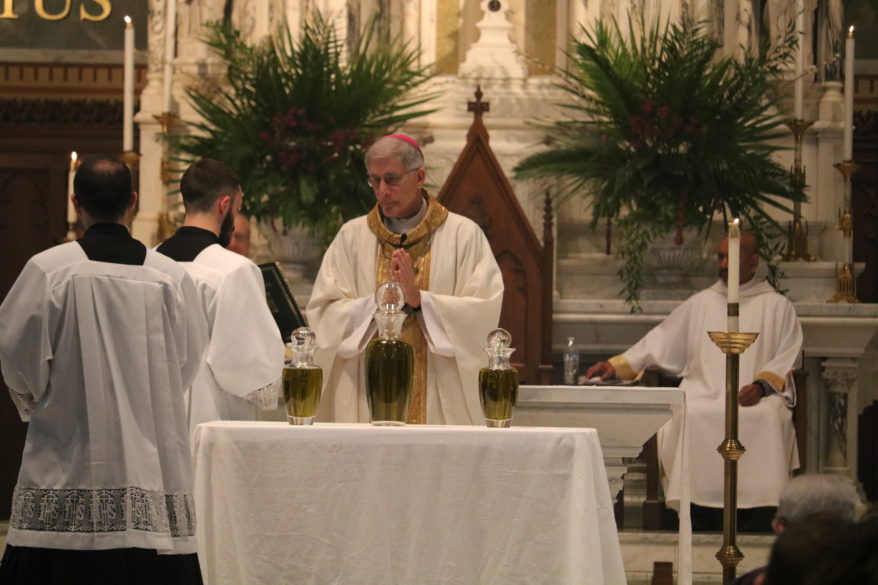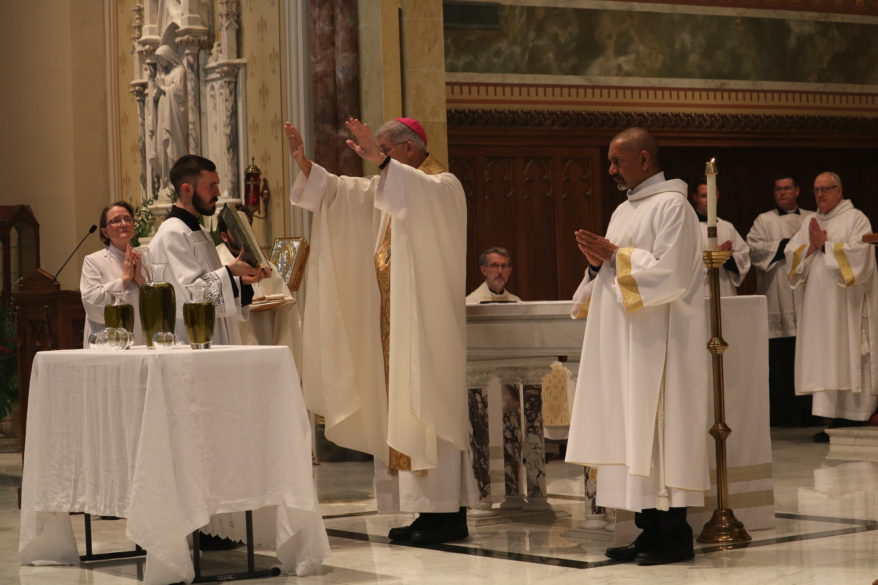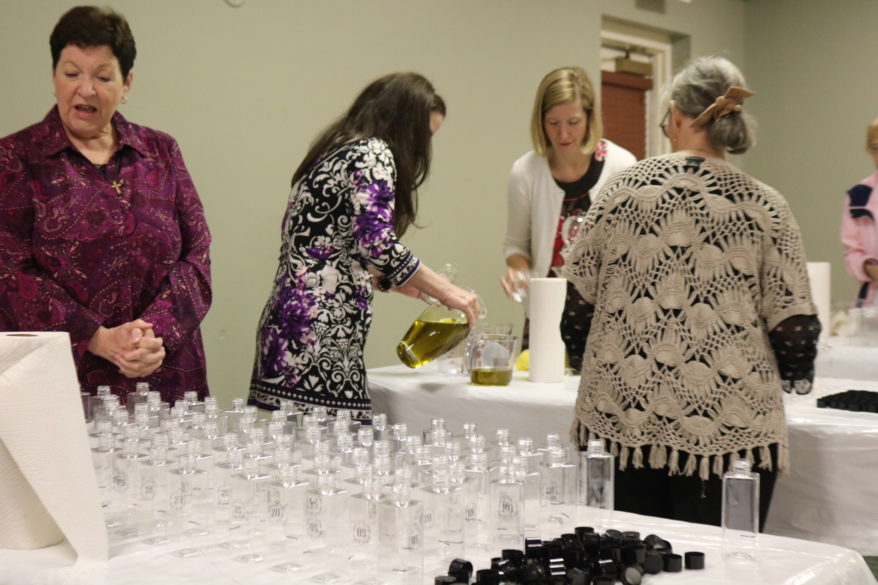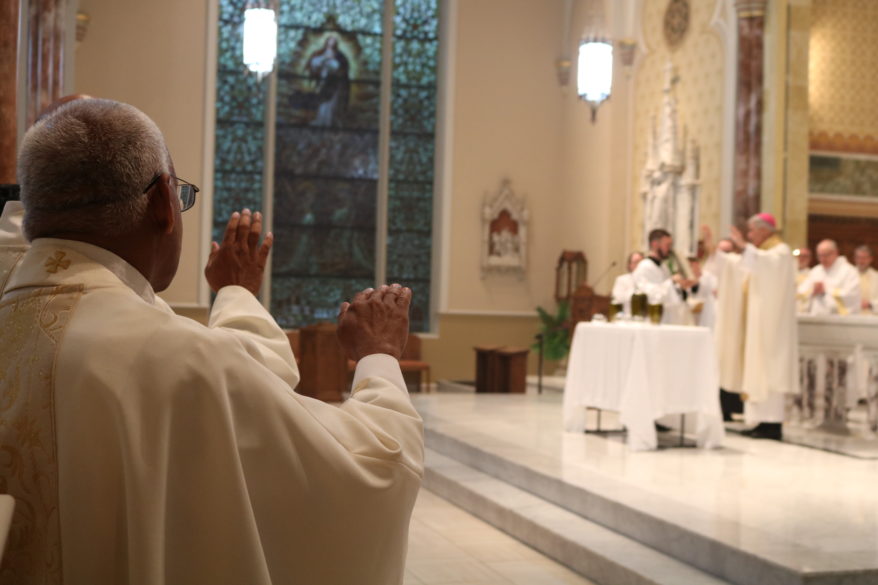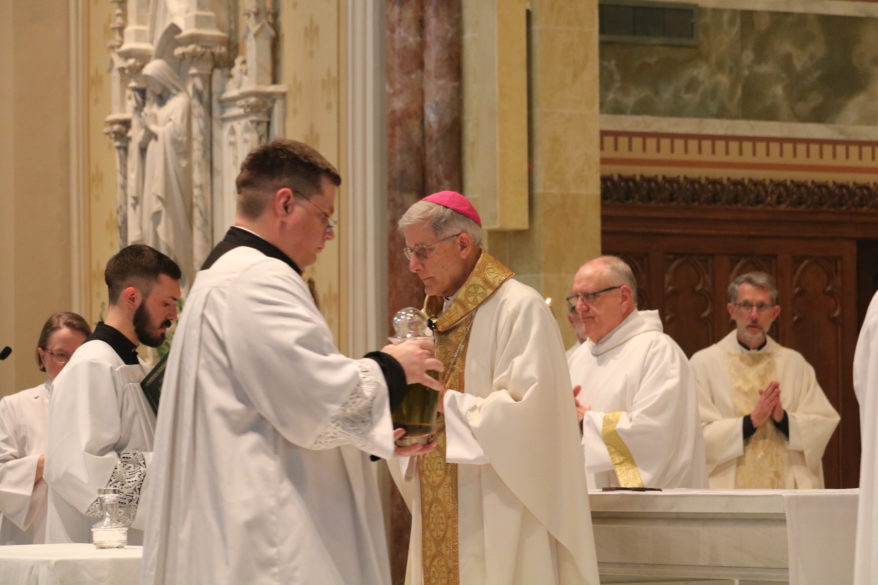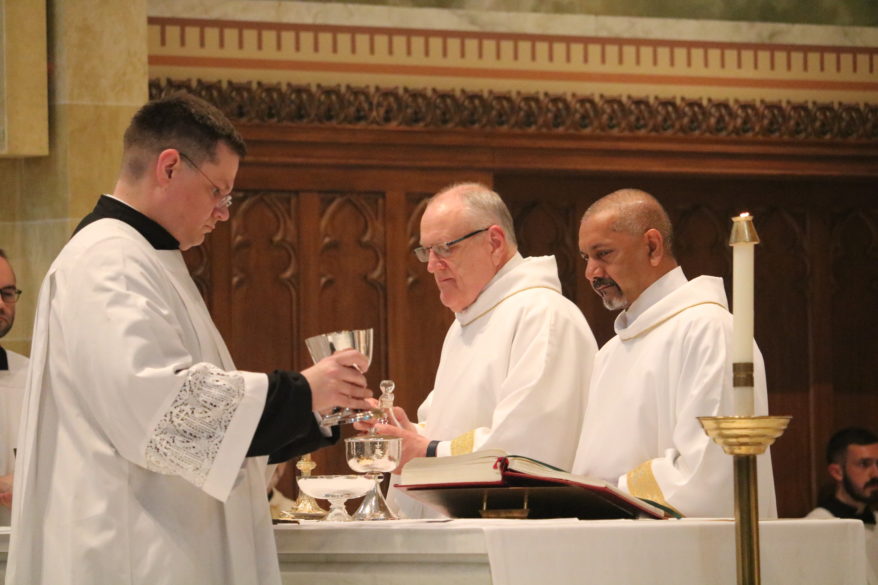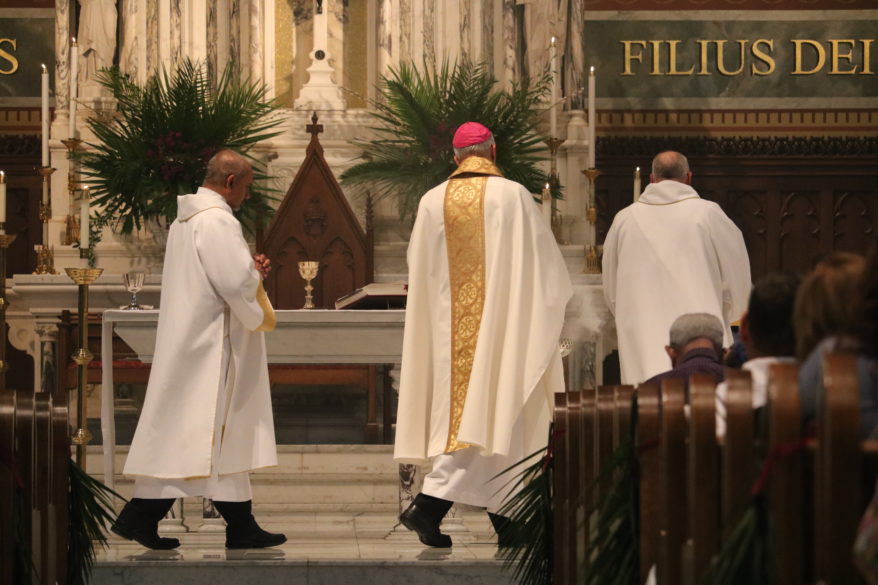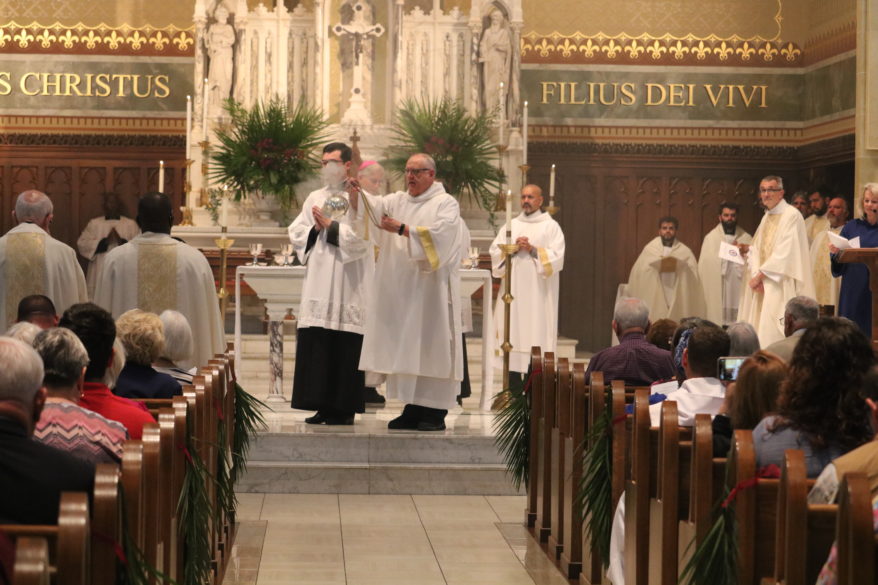Por Barbara Fraser
LIMA, Perú (CNS) — En medio de los conflictos entre las empresas mineras y las comunidades en América Latina, los católicos deben apoyar a las personas cuyas vidas y medios de subsistencia están amenazados por la contaminación y las violaciones de los derechos humanos, expresaron trabajadores de la iglesia.
Las comunidades afectadas por la minería — y las personas de la iglesia que trabajan con esas comunidades — obtienen fortaleza de las espiritualidades que se centran en proteger lo que el papa Francisco llama “nuestra casa común”, según dicen miembros de la Red de Iglesias y Minería, quienes se reunieron aquí del 24 al 28 de abril.
Dicho encuentro reunió a 40 personas de Argentina, Bolivia, Brasil, Chile, Colombia, Ecuador, Guatemala, y Perú, además de Francia, Alemania, y Suiza.
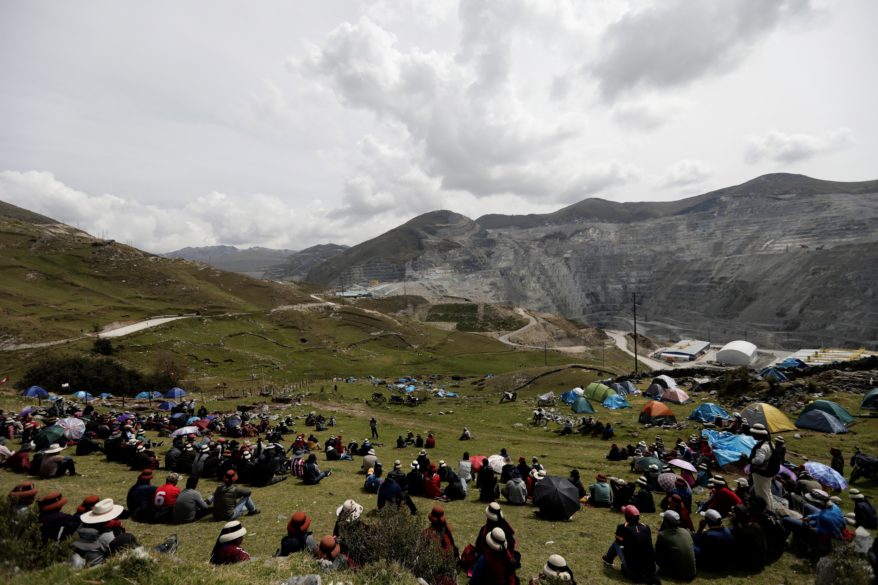
Cuando los países latinoamericanos declararon cuarentena durante la pandemia de coronavirus, las minas en muchos países continuaron operando, lo que a menudo exacerbó los conflictos con las comunidades locales, señalaron los miembros de la red en una presentación pública el 27 de abril.
Y es probable que tanto la guerra en Ucrania como la demanda de minerales para nuevas tecnologías energéticas, como la solar y la eólica, aumenten la presión para la minería en el futuro, lo que generará mayores tensiones con las comunidades, manifestó el padre Dario Bossi, provincial de los Misioneros Combonianos en Brasil y coordinador de la red.
“¿Cuánto más esto va a avanzar así, o peor? Hemos visto que en tiempos de pandemia y de guerra, en lugar de disminuir, (la minería) se expande. El aumento de conflictos y muertes es precisamente porque esto está llegando al límite”, acotó, y agregó que los conflictos son “una señal de que el tiempo se está acabando”.
Los conflictos toman diversas formas en la región.
En Brasil, donde el colapso de las represas de relaves en 2015 y 2019 — en las minas propiedad de la minera Vale — causó destrucción ambiental y mató a cientos de personas, las víctimas aún esperan compensaciones y las comunidades se sienten excluidas de las negociaciones, indicó el hermano franciscano Rodrigo Péret.
Mientras tanto, empresas más pequeñas continúan explorando nuevas áreas, lo que a menudo genera división dentro de las comunidades, dijo.
En la provincia de Chubut, en el sur de Argentina, los planes de Anglo American PLC, con sede en Gran Bretaña, para explotar uno de los depósitos de plata más grandes del mundo continúan, a pesar de la oposición de las comunidades locales, indicó Claudia Huircan, quien coordina el programa de justicia, paz, e integridad de la creación de los Misioneros Claretianos en Argentina, Chile, Uruguay, y Paraguay.
Esta exploración afecta sitios considerados sagrados por las comunidades indígenas mapuches, acotó, y a “defensores de la casa común y de la Madre Tierra” que se oponen al proyecto se los tilda de delincuentes.
Esa es una queja común en las comunidades afectadas por las industrias extractivas en la que se ha convertido la región más mortífera para los defensores del medio ambiente y los territorios comunitarios, según reporta el grupo ambientalista Global Witness. Tres cuartas partes de los 227 asesinatos que registró la organización en 2021 se cometieron en América Latina.
América Latina juega un papel clave en la provisión de minerales al mundo, dijo César Padilla del Observatorio de Conflictos Mineros de América Latina, con sede en Chile, a través de una conexión virtual durante la presentación del 27 de abril. Chile y Perú lideran la región, especialmente en producción de cobre, pero también son importantes otros países, como Bolivia, gran productor del litio que se usa en las baterías de los vehículos eléctricos.
“Somos víctimas de esta abundancia”, expresó Padilla. “El problema más grave es que la abundancia conduce a una narrativa que iguala industrias extractivas con riqueza y bienestar”.
Si bien la minería ha aumentado los ingresos generales en muchos países de América Latina — lo que ha contribuido a reducir las tasas de pobreza nacional — los beneficios no se han extendido a muchas de las comunidades más cercanas a minas en lugares como la Cordillera de los Andes.
En Cajamarca, la zona de Perú que alberga una de las minas de oro más ricas de la región, dos de cada cinco personas viven en la pobreza, según cifras oficiales de 2020. En Huancavelica, centro minero desde la época colonial, la cifra es cercana a uno de cada dos.
Prácticamente todos los nuevos proyectos mineros en la región están acompañados de conflictos, dijo Padilla, ya que los gobiernos otorgan concesiones a las empresas en áreas que incluyen comunidades, lo que genera protestas seguidas de reprimendas por parte de las fuerzas de seguridad.
Los gobiernos continúan enfocándose en la extracción de recursos naturales, que sigue siendo la principal fuente de ingresos para muchos países latinoamericanos, en lugar de dar prioridad a garantizar beneficios para las comunidades, agregó.
Tal extractivismo es un esfuerzo por “convertir la naturaleza en dinero”, dijo el padre Bossi. “Lo que necesitamos es otro tipo de conversión”.
Las comunidades están pidiendo a las iglesias que sean aliadas y los obispos católicos de América Latina han dicho que la evangelización implica el cuidado de la creación, dijo el padre Bossi. Aunque a menudo se le pide a la iglesia que sea un “conciliador” en los conflictos, ese no es su papel, agregó. En cambio, debe ponerse del lado de las víctimas en situaciones injustas.
Los católicos en Estados Unidos pueden ayudar en ese esfuerzo apoyando políticas que protegen a las comunidades indígenas y otras comunidades tradicionales en lugares como la cuenca del Amazonas y boicoteando los productos de empresas cuyas prácticas resultan en daños ambientales o violaciones de los derechos humanos, expresó el Padre Bossi a Catholic News Service.
Destacó “la urgencia de levantar una voz desde afuera, por tantos casos de criminalización, muerte, y silenciamiento de personas que defienden sus territorios. Necesitamos la indignación internacional por lo que está pasando en América Latina. Eso ha funcionado en muchos casos. Pidan a los católicos que se unan a nosotros para hablar”.

